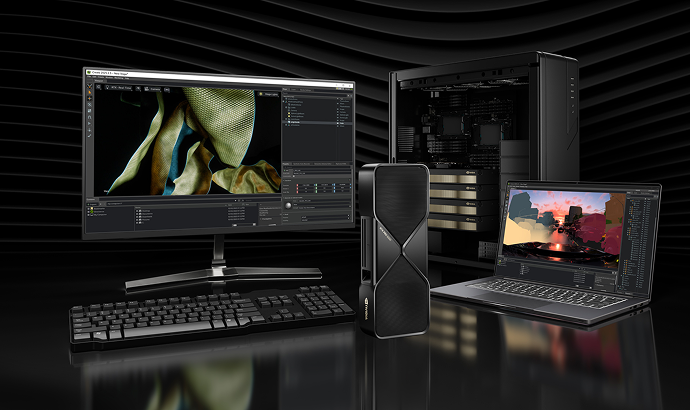
Modern CX Essentials That Differentiate Your Consumer Brand
Discover how your consumer-facing company can create a modern CX strategy based on evolving consumer expectations.
8 minute read
•Consumer Goods



Discover how your consumer-facing company can create a modern CX strategy based on evolving consumer expectations.
8 minute read
•Consumer Goods

In 2020 and 2021, the world learned a harsh lesson about our shared dependency and the inherent vulnerability of modern global supply chains. For decades, supply chains have evolved from mostly domestic and linear operations to become global, interdependent networks that prioritize cost efficiency. It is this relentless focus on efficiency that has made this ecosystem vulnerable; the internationalization of supply chains to take advantage of favorable economic conditions abroad made COVID-19 restrictions and climate-related events all the more disruptive.
8 minute read
•Consumer Goods

From a business perspective, cloud computing refers to the use and availability of computing resources, such as servers or data storage, networking, analytics, over the internet under a pay-as-you-use model. By working with a cloud solutions provider,
6 minute read
•Consumer Goods

Penetration testing is a systematic procedure where an ethical hacking group tries to hack your IT infrastructure in a simulated environment. Here’s why it’s an important part of cybersecurity. Cybercriminals can exploit multiple weaknesses to hack or damage your systems. New ones are emerging all the time. When you need an objective understanding of your system security, penetration testing helps you identify vulnerabilities and fix them at scale. Your organization’s security needs to be cutting-edge. Uvation’s experts understand the nuances of cybersecurity. We’re ready to help you launch your penetration testing program.
7 minute read
•Consumer Goods
We are writing frequenly. Don’t miss that.
Unregistered User
It seems you are not registered on this platform. Sign up in order to submit a comment.
Sign up now